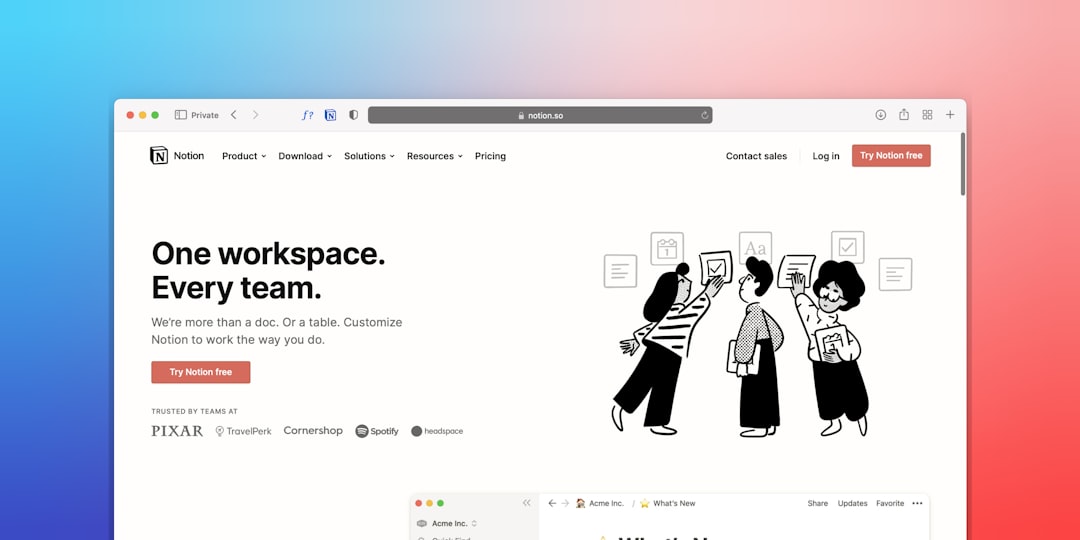Imagine you start your workday, ready to roll, coffee in hand. You need to find that one document from three months ago. You open your company’s internal search… and it’s a disaster. Results everywhere. Irrelevant files. You give up and email a coworker. Frustrated yet?
Now picture a search bar so smooth, so accurate, that it feels like magic. That’s what we’re going to build. A search tool your employees actually want to use.
Why Internal Search Matters
Your internal search is more than a box with a magnifying glass. It’s a gateway to everything your teams need. If that gateway is broken, people waste time, lose focus, and get really annoyed.
Here’s what great internal search can do:
- Save time: No more hunting through folders.
- Boost productivity: Quick access to important info helps work flow faster.
- Keep knowledge alive: Old documents and learnings become easy to find and share.
- Increase happiness: When people find what they need, everyone wins.
The Secrets to an Awesome Search Experience
Let’s break it down. Here’s how to build an internal search that your team will love to use.
1. Start with the User
Your employees are your users. Build for them. Sit with different departments. Watch how they search. Learn what they search for and what frustrates them most.
- Do they look for policies, dashboards, or team contacts?
- Are they typing questions or keywords?
Understanding behavior is your road map. Don’t just assume—ask.
2. Make the Search Bar Front and Center
Don’t make people dig for the search bar like buried treasure. Put it in plain sight. Top of the intranet, always visible. Add a keyboard shortcut. Treat search like your company’s best friend.

3. Index Everything (But Do It Smartly)
The engine behind the scenes is your search index. It’s the brain. Index documents, team pages, calendars, FAQs—everything useful.
But here’s the key: Don’t include junk. Clean up outdated files. Remove duplicates. Trash irrelevant noise.
Tip: Use metadata like date, author, department, or project name. It makes filtering way better.
4. Show Relevant Results (Not Just a Long List)
Nobody wants a wall of links. People want the right answer, fast. Use these tricks:
- Auto-suggestions: As they type, help them finish.
- Smart ranking: Popular and recently accessed content should rise to the top.
- Filters: Let people sort by file type, date, author, or department.
Relevance is everything. A good result beats a million okay ones.
5. Add Natural Language Capability
If someone types “How do I request vacation days?”, your search should know what they mean. This is where natural language understanding comes in.
With this, your internal search gets smarter. It recognizes words like “how”, “where”, or “who” and delivers results that feel intelligent.
Bonus: Use AI tools to answer questions directly from policies, not just link to them.
6. Personalize the Experience
Every employee is different. A marketer and an engineer want different things. Use roles, teams, and past behavior to personalize results.
Examples:
- If Alice from HR searches “benefits”, she sees HR-specific documents first.
- If Bob from the Product team searches “launch”, he gets the latest product release info.
This small tweak makes a huge impact.
7. Let Employees Give Feedback
Add thumbs up/down buttons. Ask, “Was this helpful?” Let people flag outdated or wrong content. A feedback loop helps improve search over time.
Even better, review what people are not finding. Unanswered searches are like clues. They tell you what to fix or update.
8. Keep It Fast and Friendly
No one likes the spinning wheel of doom. Your search should be lightning quick. Results in seconds or less.
Make it friendly too—use simple language and clean design. Don’t cram too much on one results page. Let things breathe.

9. Train Your AI Well
AI only works well if you feed it the right data. Tag things accurately. Clean up your docs. Remove clutter. Bad input leads to bad output.
Also, train your AI on your actual workplace language. Every company has lingo. Help your system learn it.
10. Talk About the Search
Once you’ve built it, spread the word.
Host mini trainings. Drop tips in company newsletters. Add fun messages like “Try asking me about PTO!” Make it feel like part of the team.
If people don’t know how good it is, they may never try it.
Don’t Forget: Maintenance is Key
An internal search is never truly done. You need to review and evolve.
Set up a simple checklist:
- Prune outdated or unused documents regularly
- Monitor analytics for common, failed searches
- Update tagging and metadata as teams grow
- Test search accuracy each month
Think of it like a garden. You’ve got to weed it and water it to keep it growing strong.
Bonus Tips for Going the Extra Mile
Want to make your search experience truly awesome? Try these:
- Integrate with Slack or Teams: Let people search without leaving the chat
- Use voice search (if your team is into it): Future, here we come!
- Gamify it: Reward users for helpful feedback or frequent use
- Auto-surface content: Show trending documents or newly updated info on the homepage
The Big Payoff
When your internal search works, here’s what happens:
- Employees feel empowered
- Teams waste less time
- Knowledge flows freely
- Everyone breathes a little easier
It may start with just a search bar. But when built right, it becomes a powerful tool that connects your entire business.
Final Thoughts
If your internal search feels more like a maze than a map, it’s time for a change. Build it for your people. Keep it smart, fast, and simple.
And most of all: keep improving it. Because when you help your team find what they need, you help them do what they do best.
A great internal search isn’t a luxury. It’s a superpower.
